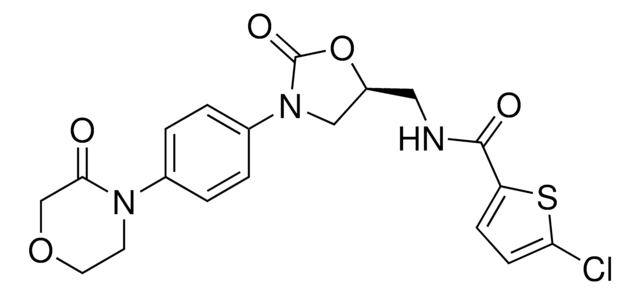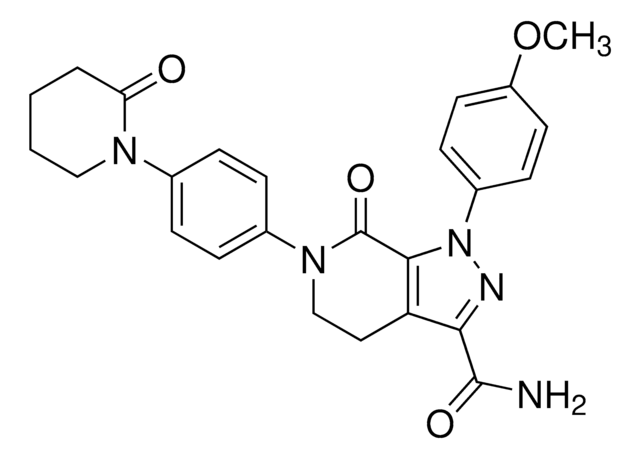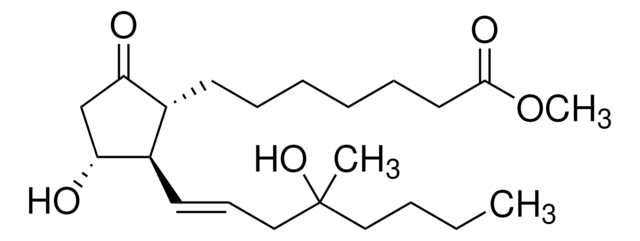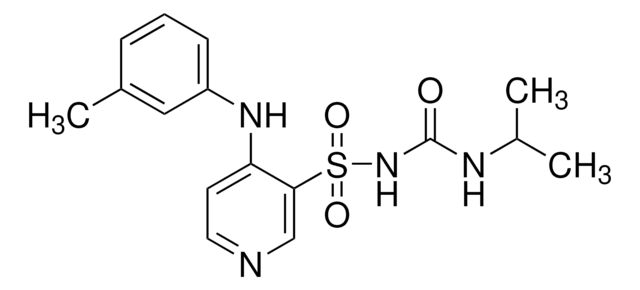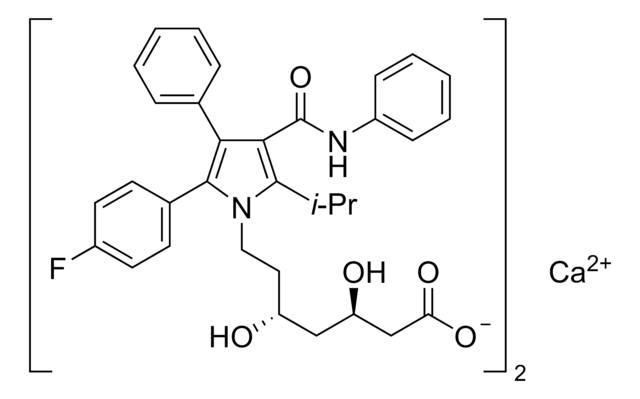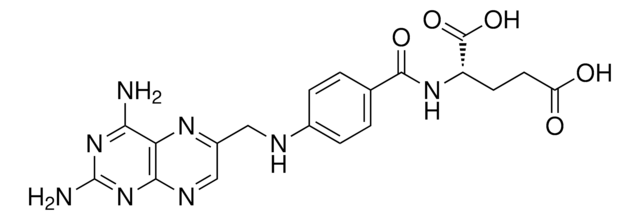Kluczowe dokumenty
ERR-005S
RDX solution
10 mg/mL in acetonitrile, ampule of 5 mL, certified reference material, Cerilliant®
Synonim(y):
Hexahydro-1,3,5-trinitro-1,3,5-triazine solution
About This Item
Polecane produkty
klasa czystości
certified reference material
Właściwości
Snap-N-Spike®/Snap-N-Shoot®
opakowanie
ampule of 5 mL
producent / nazwa handlowa
Cerilliant®
stężenie
10 mg/mL in acetonitrile
Zastosowanie
environmental
Format
single component solution
temp. przechowywania
−20°C
ciąg SMILES
O=[N+]([O-])N1CN([N+]([O-])=O)CN([N+]([O-])=O)C1
InChI
1S/C3H6N6O6/c10-7(11)4-1-5(8(12)13)3-6(2-4)9(14)15/h1-3H2
Klucz InChI
XTFIVUDBNACUBN-UHFFFAOYSA-N
Szukasz podobnych produktów? Odwiedź Przewodnik dotyczący porównywania produktów
Informacje prawne
Hasło ostrzegawcze
Danger
Zwroty wskazujące rodzaj zagrożenia
Zwroty wskazujące środki ostrożności
Klasyfikacja zagrożeń
Acute Tox. 4 Dermal - Acute Tox. 4 Inhalation - Acute Tox. 4 Oral - Eye Irrit. 2 - Flam. Liq. 2 - STOT RE 2 Inhalation
Kod klasy składowania
3 - Flammable liquids
Klasa zagrożenia wodnego (WGK)
WGK 2
Temperatura zapłonu (°F)
35.6 °F - closed cup
Temperatura zapłonu (°C)
2 °C - closed cup
Wybierz jedną z najnowszych wersji:
Certyfikaty analizy (CoA)
It looks like we've run into a problem, but you can still download Certificates of Analysis from our Dokumenty section.
Proszę o kontakt, jeśli potrzebna jest pomoc Obsługa Klienta
Masz już ten produkt?
Dokumenty związane z niedawno zakupionymi produktami zostały zamieszczone w Bibliotece dokumentów.
Global Trade Item Number
| SKU | GTIN |
|---|---|
| ERR-005S-5ML | 4061833609927 |
Nasz zespół naukowców ma doświadczenie we wszystkich obszarach badań, w tym w naukach przyrodniczych, materiałoznawstwie, syntezie chemicznej, chromatografii, analityce i wielu innych dziedzinach.
Skontaktuj się z zespołem ds. pomocy technicznej